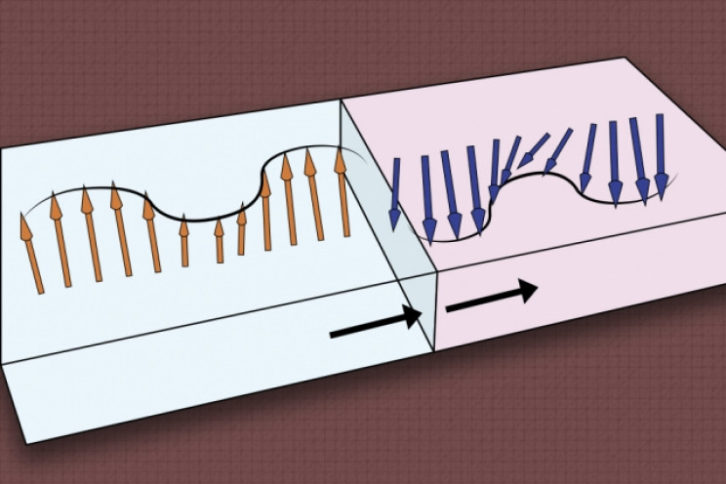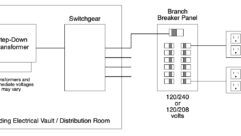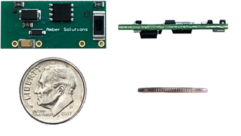As published in the Journal Science, MIT engineers have achieved “Mutual control of coherent spin waves and magnetic domain walls in a magnonic device.” In other words, we’re closer now to using magnetic waves in computing. That translates to less electricity and less heat through spin waves.
Spin waves are bursts of energy with small wavelengths that throw off magnons. They’re not particles like electrons but they can be measured
We’ve seen spintronic devices before the work by measuring magnetic spin-wave properties and setting up a correlation to a computation function. But the process required electrical currents that caused signal noise and rendered the equation essentially moot.
MIT engineers overcame past obstacles by created a circuit architecture that uses a nanometer-wide domain wall in layered nanofilms of magnetic material to change the spin-wave as it passes. This eliminated the need for components and the electrical current, and allowed researcher to create two changing spin waves that correlate with 1s and 0s.

“People are beginning to look for computing beyond silicon. Wave computing is a promising alternative,” says Luqiao Liu, a professor in the Department of Electrical Engineering and Computer Science (EECS) and principal investigator of the Spintronic Material and Device Group in the Research Laboratory of Electronics said in a press release highlighting the work. “By using this narrow domain wall, we can modulate the spin-wave and create these two separate states, without any real energy costs. We just rely on spin waves and intrinsic magnetic material.”










